Myanmar Earthquake: UN Scales Up Aid Efforts One Month On
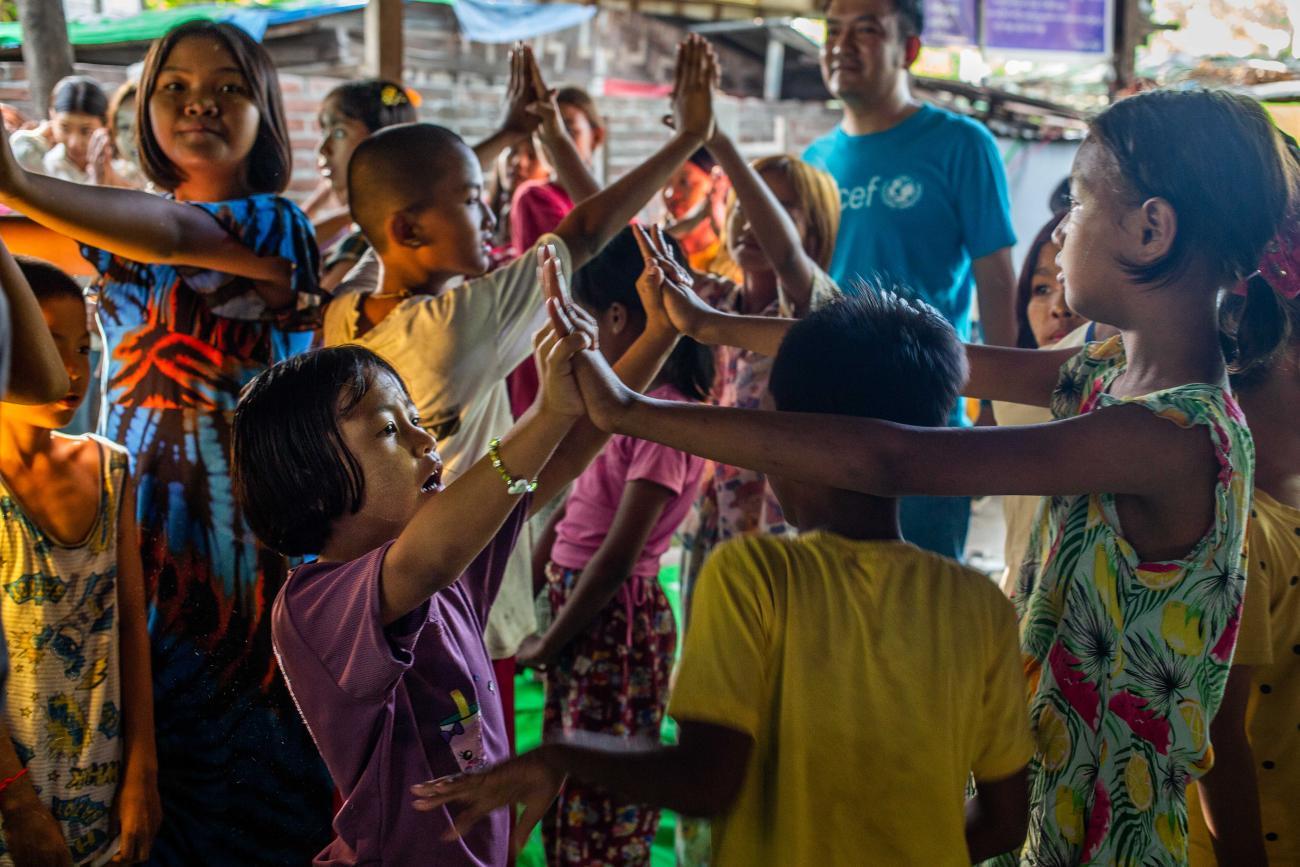
One month after powerful earthquakes struck Myanmar, including over 140 aftershocks, some as high as magnitude 5.9, the United Nations country team and its partners have reached nearly 600,000 people. From providing clean water and emergency shelter to delivering critical healthcare and protection services, the UN team is helping communities recover while laying the groundwork for long-term resilience.
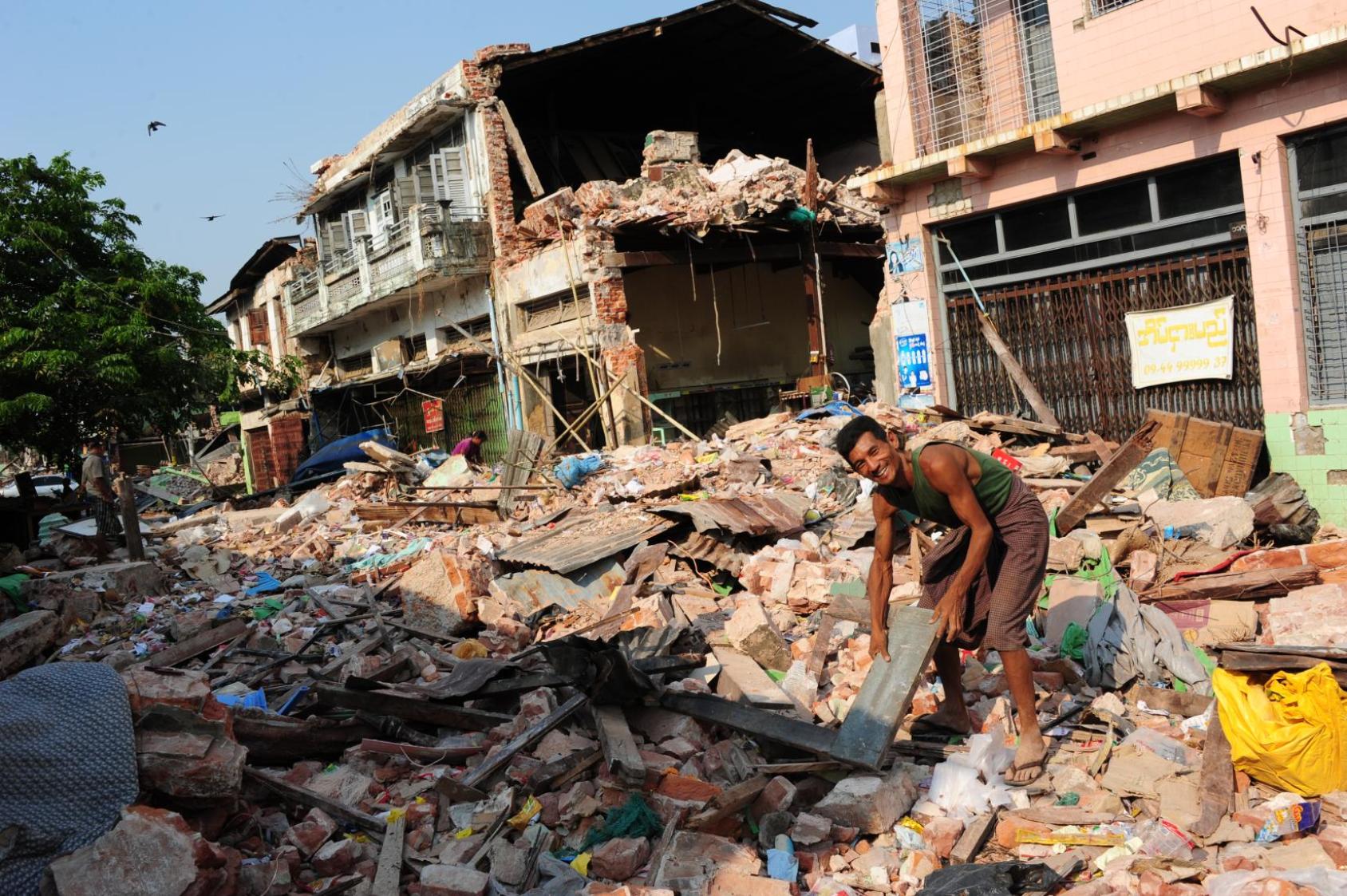
Despite difficult conditions, this support has scaled up rapidly. Marcoluigi Corsi, the Resident and Humanitarian Coordinator a.i. for Myanmar, reaffirmed the UN’s support for the people of Myanmar: “Our collective response has shown the power of solidarity at a time of immense need. The UN and our partners remain committed to supporting the people of Myanmar — now and in the months ahead as recovery takes hold.”
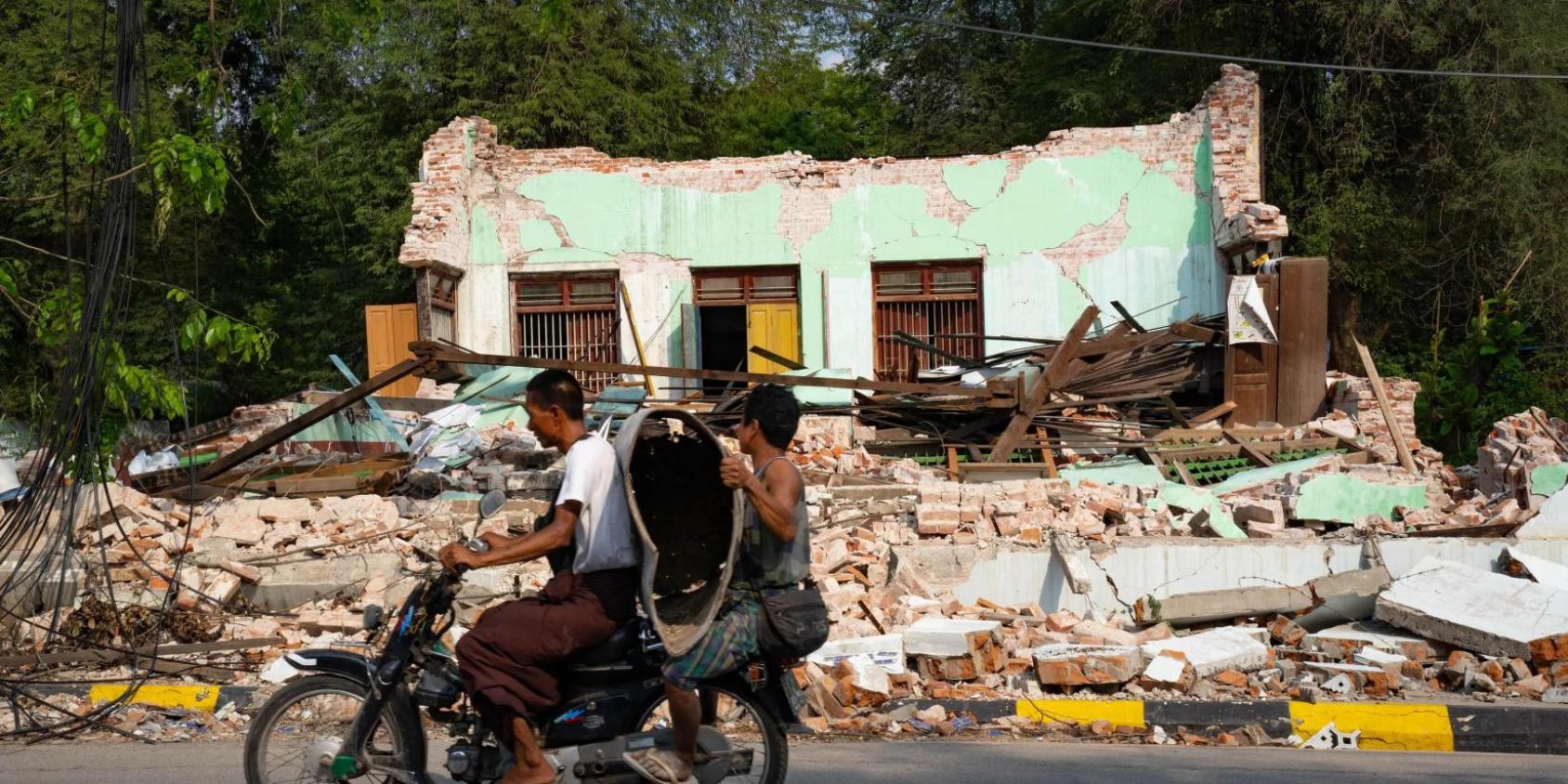
Rapid Response and Coordination on the Ground
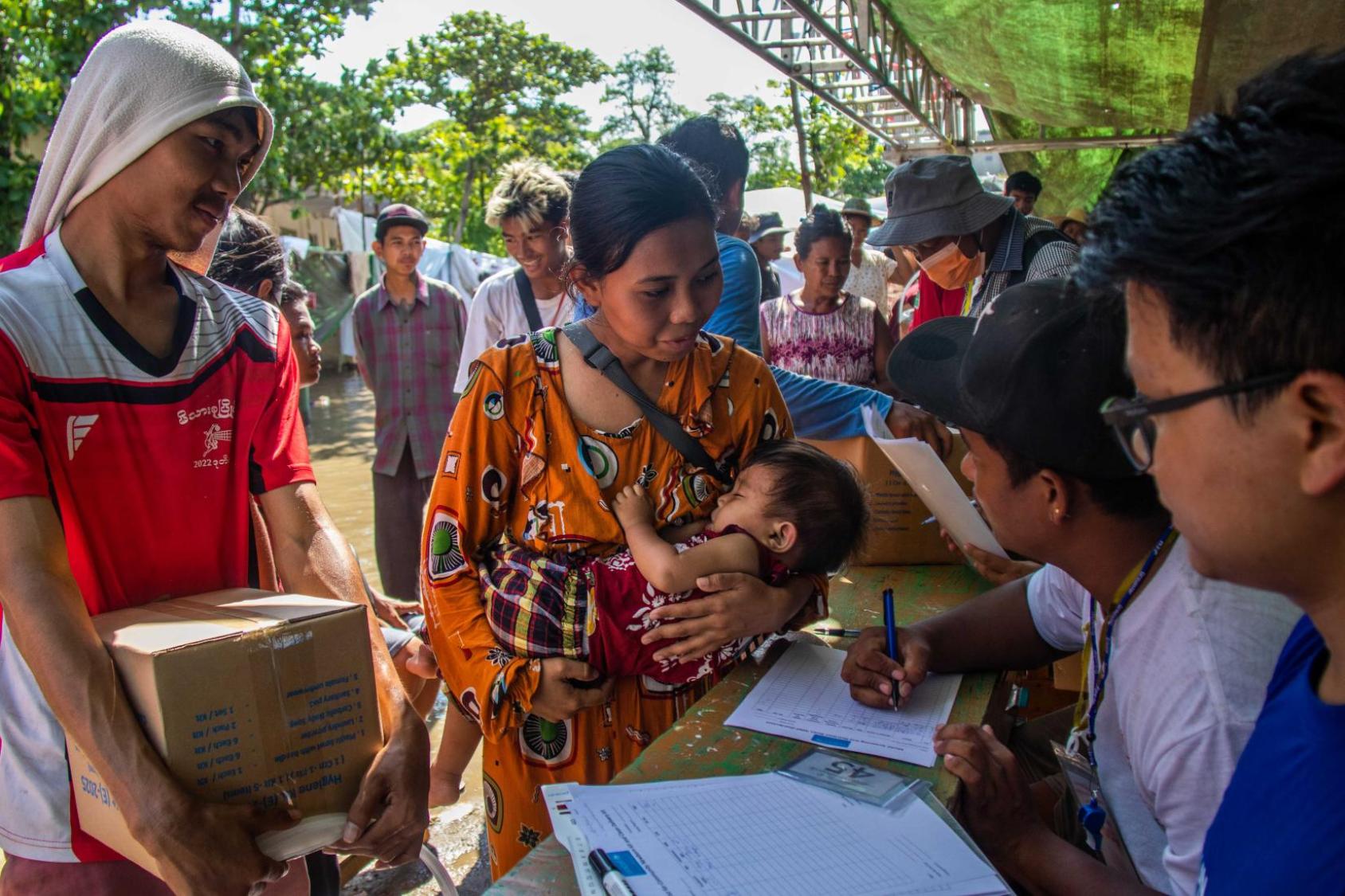
Within days of the disaster, the UN mobilized $15 million for immediate emergency relief, including $5 million from the Central Emergency Response Fund (CERF) and $10 million through operational agencies. Following a high-level assessment mission, a further $5 million was released by CERF to expand life-saving support.
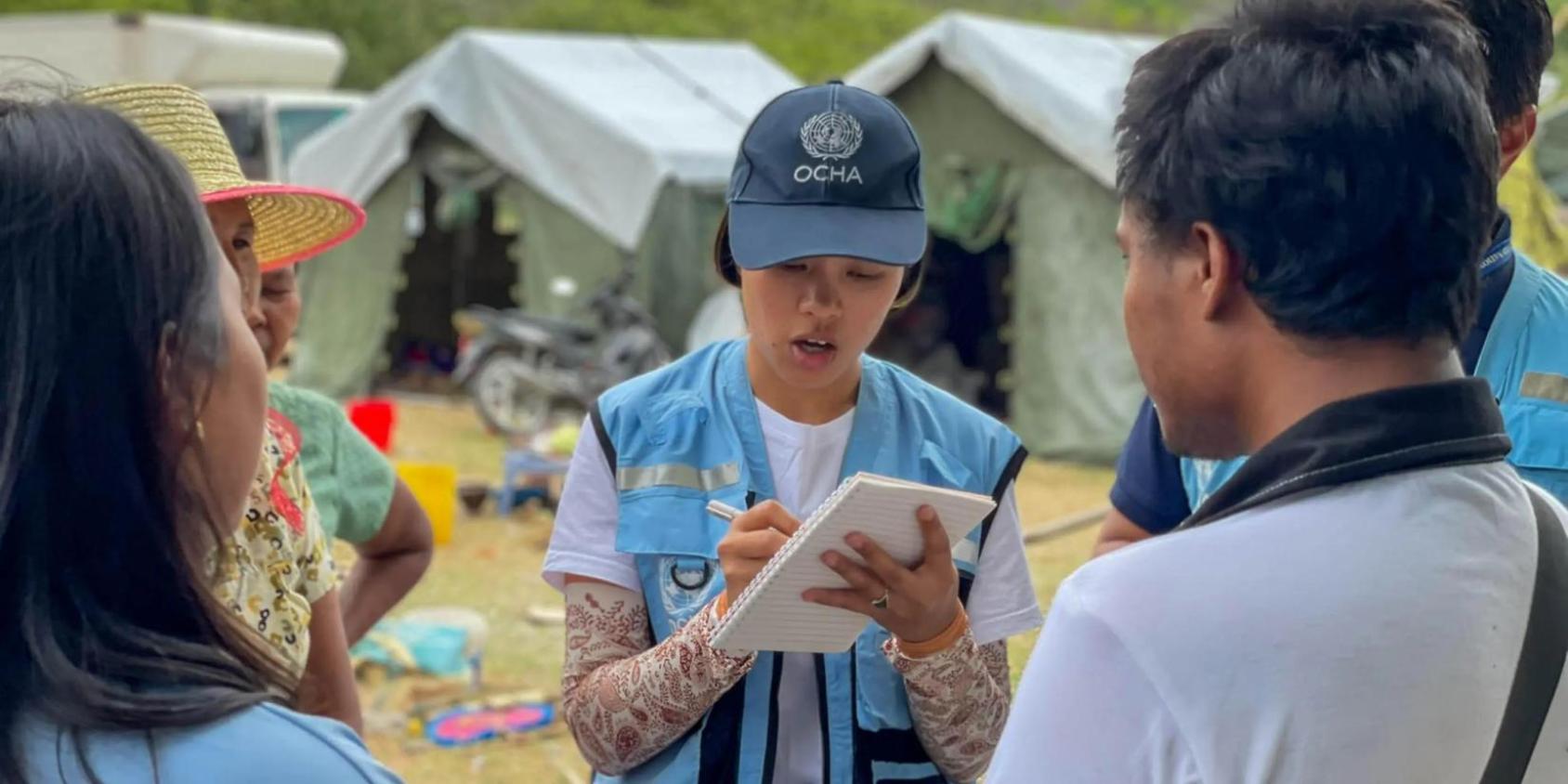
Also, the Flash Addendum to the 2025 Humanitarian Needs and Response Plan (HNRP) for Myanmar called for $275 million to meet urgent humanitarian needs. So far, $35 million has been disbursed and additional funding is needed to sustain the response.
To ensure a coordinated and effective response, the UN deployed a specialist United Nations Disaster Assessment and Coordination (UNDAC) team to support rapid needs assessments and work alongside national and international partners.
Through these efforts, the UN in Myanmar have delivered a wide range of assistance across the country, reaching hundreds of thousands of people with critical support, including shelter, food and health services.
Camp Coordination and Camp Management (CCCM) cluster partners rapidly deployed emergency shelter and non-food items, reaching over 116,800 people across 26 townships. More than 13,000 individuals also received emergency shelter support in the hardest-hit areas.
UNFPA played a vital role in safeguarding the health and dignity of women and girls, providing essential sexual and reproductive health services to over 18,000 people. This included maternal care, clean delivery kits, and over 12,000 dignity kits. Thousands more received integrated support for gender-based violence and mental health.
UNICEF and its partners ensured access to safe drinking water for over half a million people and distributed hygiene supplies to more than 230,000. They also extended cash assistance to over 15,000 vulnerable individuals, including families with children and persons with disabilities, while delivering essential health and nutrition services to 400,000 people across Mandalay, Nay Pyi Taw, Sagaing, and southern Shan.
For its part, IOM provided multipurpose cash assistance to over 2,400 people and reached nearly 2,000 patients through mobile health services. In addition, they are delivering 90 tonnes of life-saving shelter and relief supplies.
UNHCR supported over 56,000 people with core relief and shelter items in six emergency-declared areas, while also conducting needs assessments and post-distribution monitoring to guide ongoing recovery efforts.
Meanwhile, WFP delivered emergency food and cash assistance to more than 310,000 people across the affected regions. To bolster logistics, WFP also led the establishment of a new 1,000-square-metre warehouse in Mandalay, enhancing the capacity for sustained relief operations.

Beyond life-saving relief, humanitarian efforts are increasingly focused on early recovery — repairing water systems, rebuilding damaged schools, restoring vital road links, and helping small businesses reopen to support livelihoods and economic recovery.
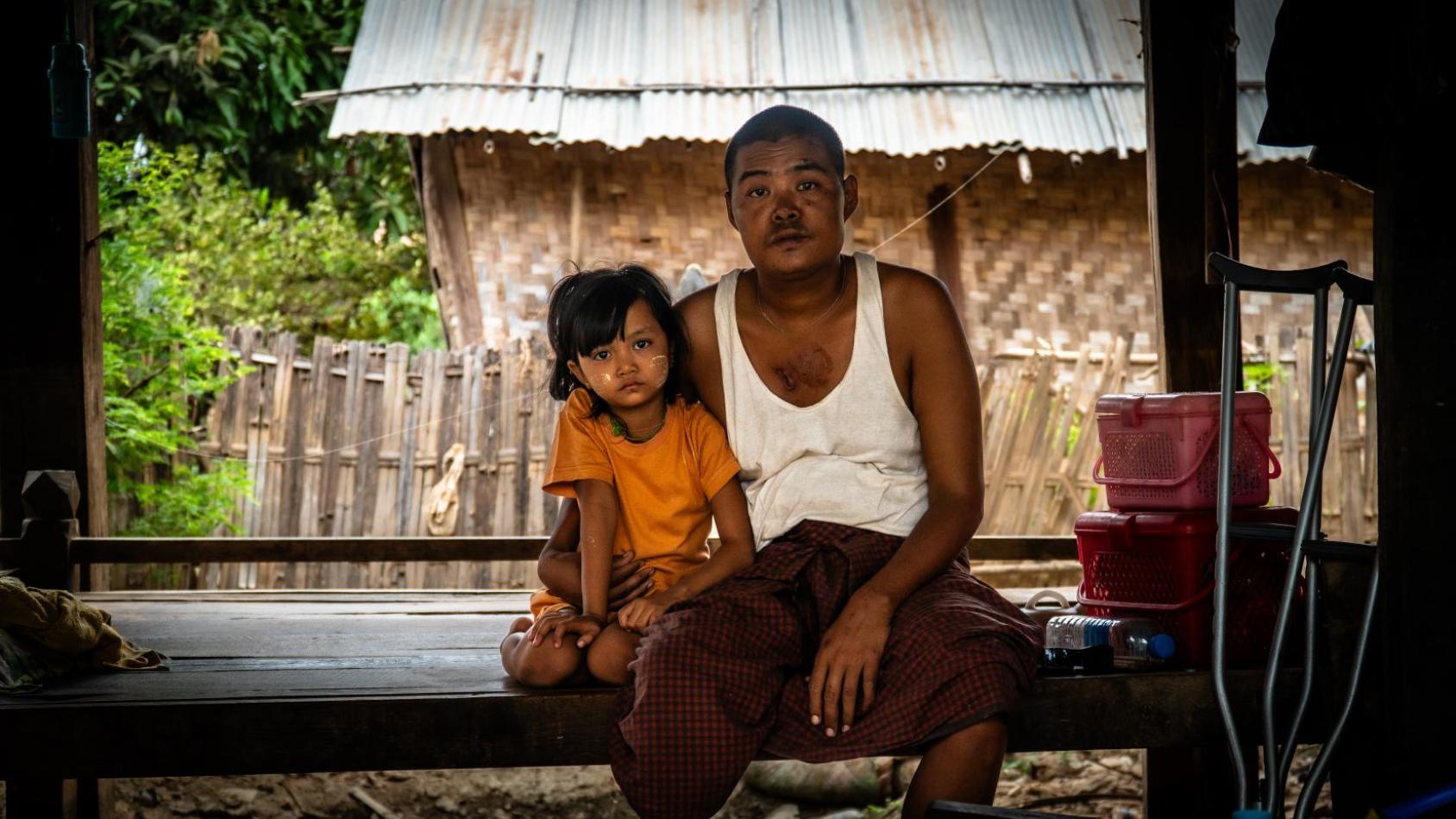
Field teams — including many humanitarian workers who have endured personal losses — remain central to the response. One OCHA staff member, after losing her home, took shelter in her office before returning to frontline operations. A member of our UNDP team described distributing emergency supplies under extreme heat.

A doctor with IOM’s mobile clinics, herself affected by the earthquake, continues to serve others so that communities can heal. More than 70 UN Volunteers were serving with 10 UN agencies across Myanmar at the time of the earthquake.
Today, many are assisting with emergency kit distribution, needs assessments, communications and health and nutrition services alongside OCHA, UNDP, UNFPA, UNICEF, and WHO.
Global Solidarity and Advocacy for Access

Global support from at least 26 countries has bolstered the response, including China, India and Russia, which have provided humanitarian aid, search and rescue teams, and mobile medical units to reinforce local efforts. High-level UN engagement has also reinforced solidarity and advocacy for humanitarian access.
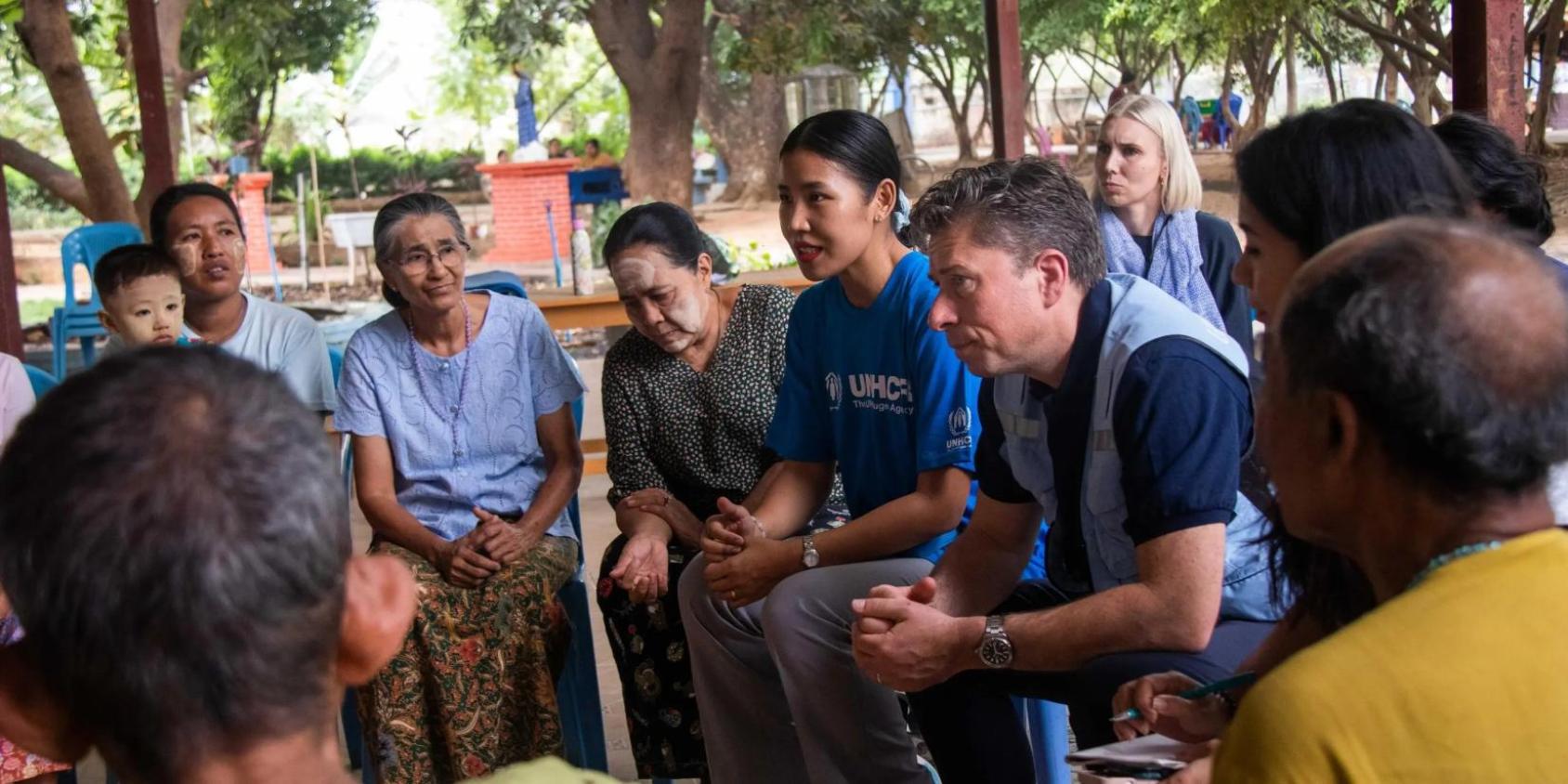
The UN and its partners remain committed to staying and delivering for the people of Myanmar — helping communities move beyond the immediate crisis toward a safer, stronger future.
This article was originally published on the UN in Myanmar website.

























